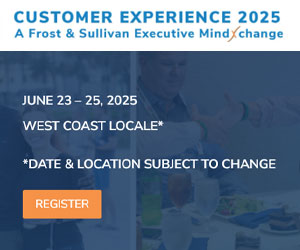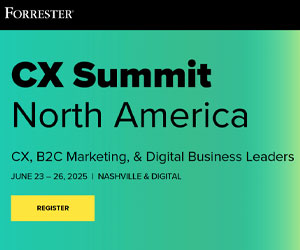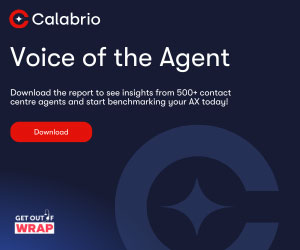An organization’s process tells me a great deal about how Customer-centric they are. Is the process designed for the good of the Customer or is it designed for the good of the company? In my experience, the latter is more likely than the former, leaving most organizations with a process lacking a customer focus.
The Naive to Natural assessment looks at nine areas of a company to determine how Customer-centric the organization is with their Customer Experience. In our series of nine posts, this post looks at the second to last area of our assessment: Process.
The Difference Between Inside-Out and Outside-In for Customer Process
When we talk about process, we inevitably have to define the difference between an inside-out orientation and an outside-in orientation. So before I go any further here, let me explain that:
Inside-Out orientation refers to a process that is reviewed through the eyes of the company, looking out at customers as they go through, resulting in a process that is oriented on the needs of the organization.
Outside-in orientation involves walking the process as if you were a customer looking in at the organization through a Customer’s eyes, enabling a process focused on the needs of the Customer.
Obviously, an organization that wants a Customer-focus needs to have an outside-in approach to their processes. Not only that, the most Customer-focused organizations match their process to the Customer Experience they are trying to deliver. Specifically, they match the emotional outcome that they are hoping to achieve with their Customer Experience, a concept we call the Emotional Signature© of their organization.
Creating a Customer-Focused Process
Many organizations want a more Customer-Focused process but when they endeavor to create one, they fall short. There are certain requirements for this analysis and design to be successful, however, and they include the following:
- Definite ownership by an individual or cross-functional team of the Customer Process. If no one “owns” the experience, it facilitates organizational silos or product-based processes that lack Customer focus. It is far better to have one group or individual who oversees the design of the experience, at least until Customer focus is so ingrained in the culture that this team is no longer necessary.
- Belief that all the business parts affect the Customer Experience. From senior executives on down the chain, every employee needs to believe that how you collect bills, label shipments and transfer calls affects the emotional Customer experience.
- Creation of a detailed Customer Journey Map that includes the emotions of the Customer at each moment. The typical journey map is usually insufficient. You must have a detailed map that has emotionally strategic goals plotted along the way. We call this type of map, Moment Mapping
- Incorporation of the Customer into the design process. The most Customer-centric companies include the Customer in the design of the process to get their view of the changes.
- Commitment to exceeding the Customer’s Expectations at every interaction. When you design the new process, each moment should be designed to exceed what Customers think is acceptable for that moment.
Organizations wishing to improve their Customer-focus in their process need to concentrate on designing a process that delivers a deliberate journey with specific emotional goals at each point in the process. To do this, it requires first a defined goal for the emotional journey for the customer. Then, it requires an extensive look at the current process with this goal in mind. Finally, it involves a design that creates transformational change to the company’s day-to-day operations.
Are you looking at your process from the inside or the outside?
Author: Guest Author
Published On: 9th Dec 2014 - Last modified: 2nd Nov 2017
Read more about - Archived Content


























